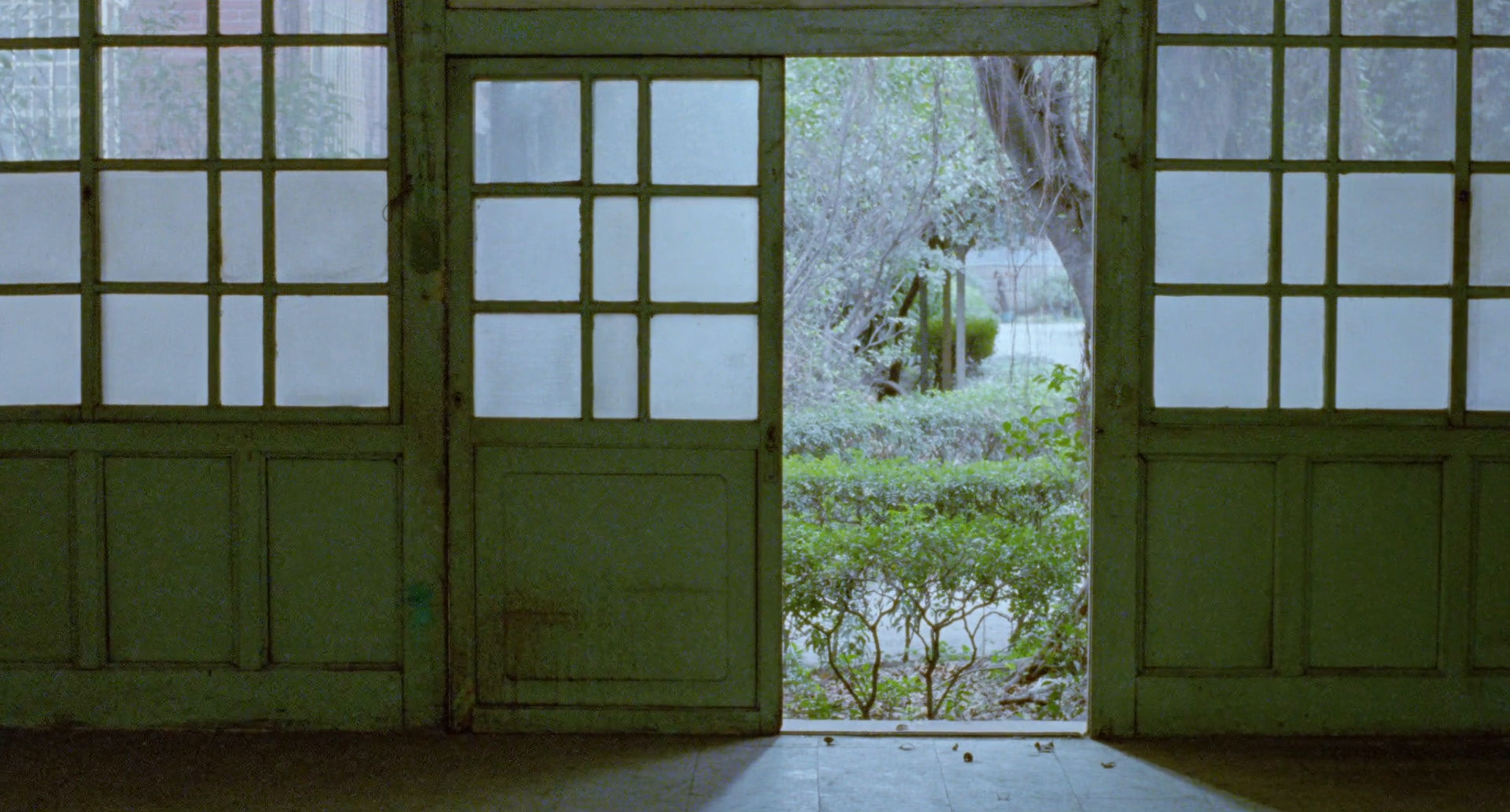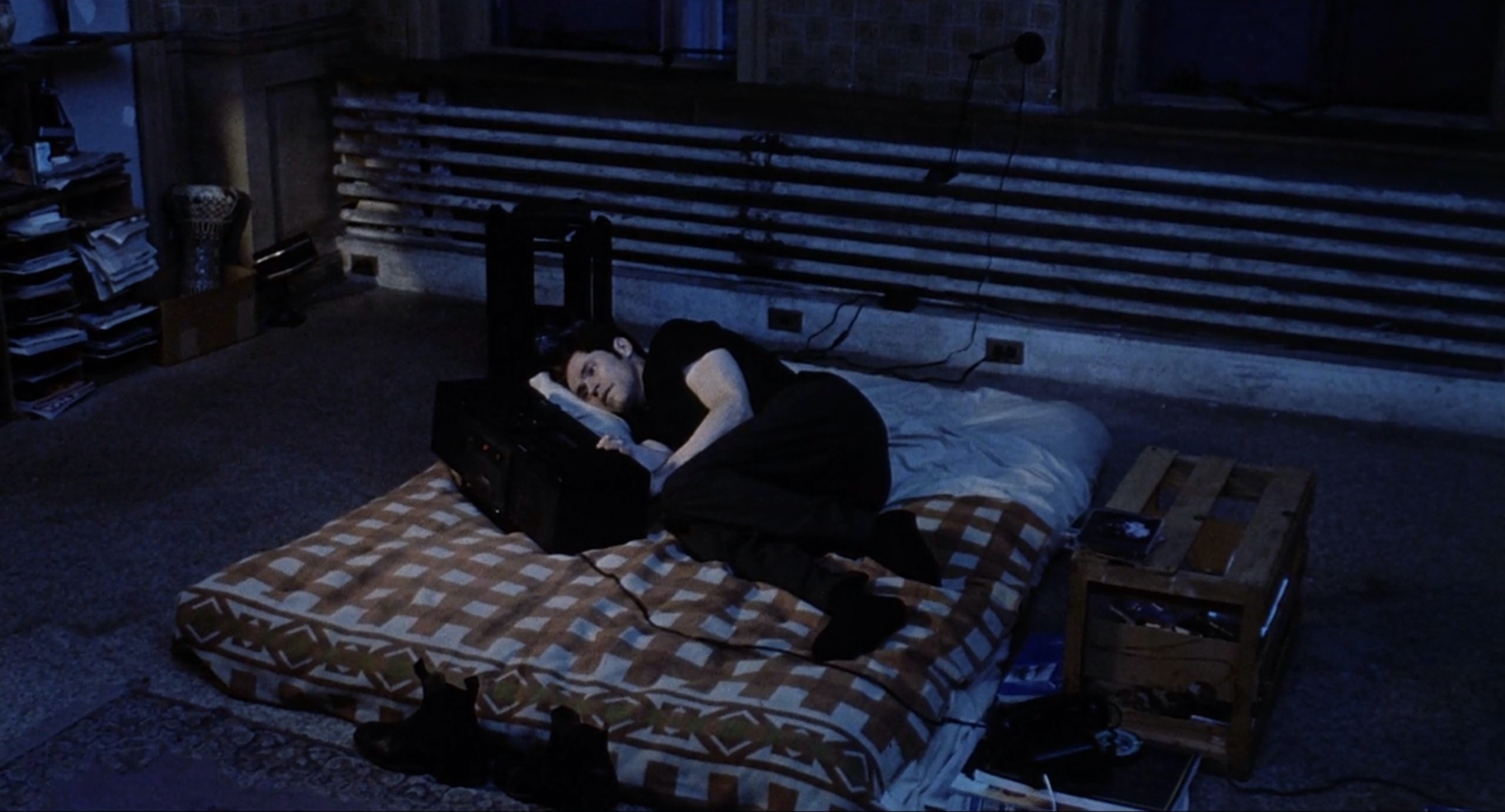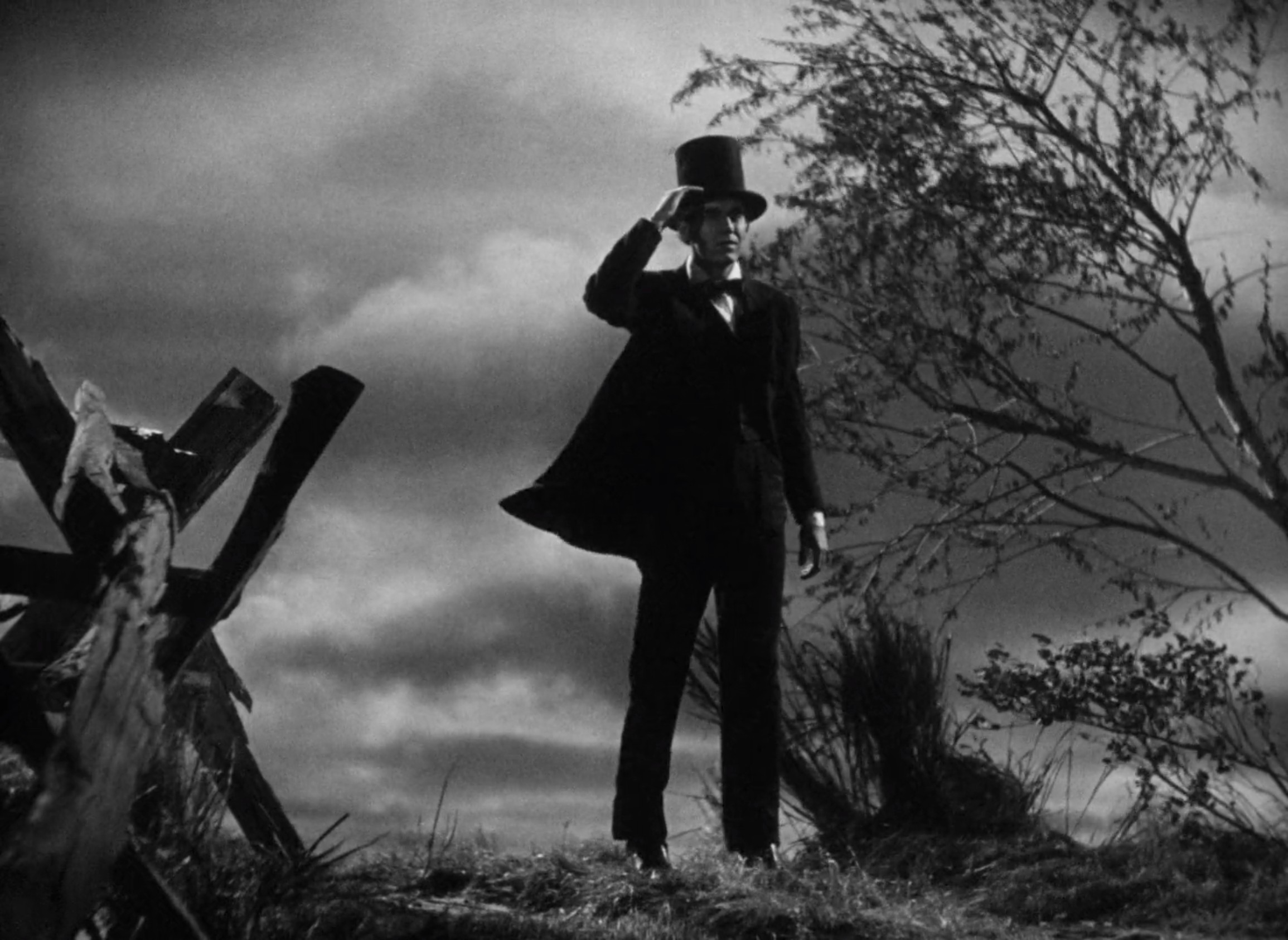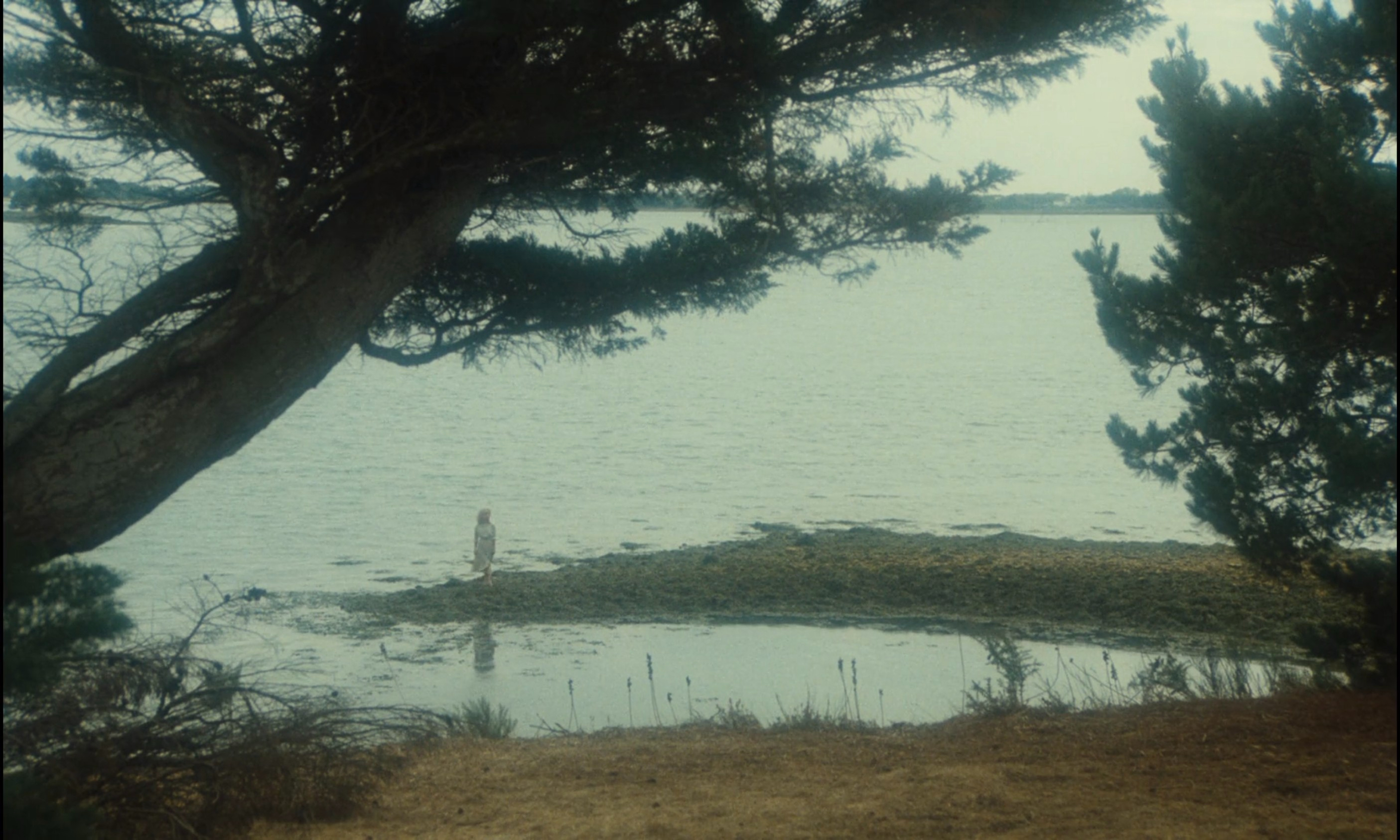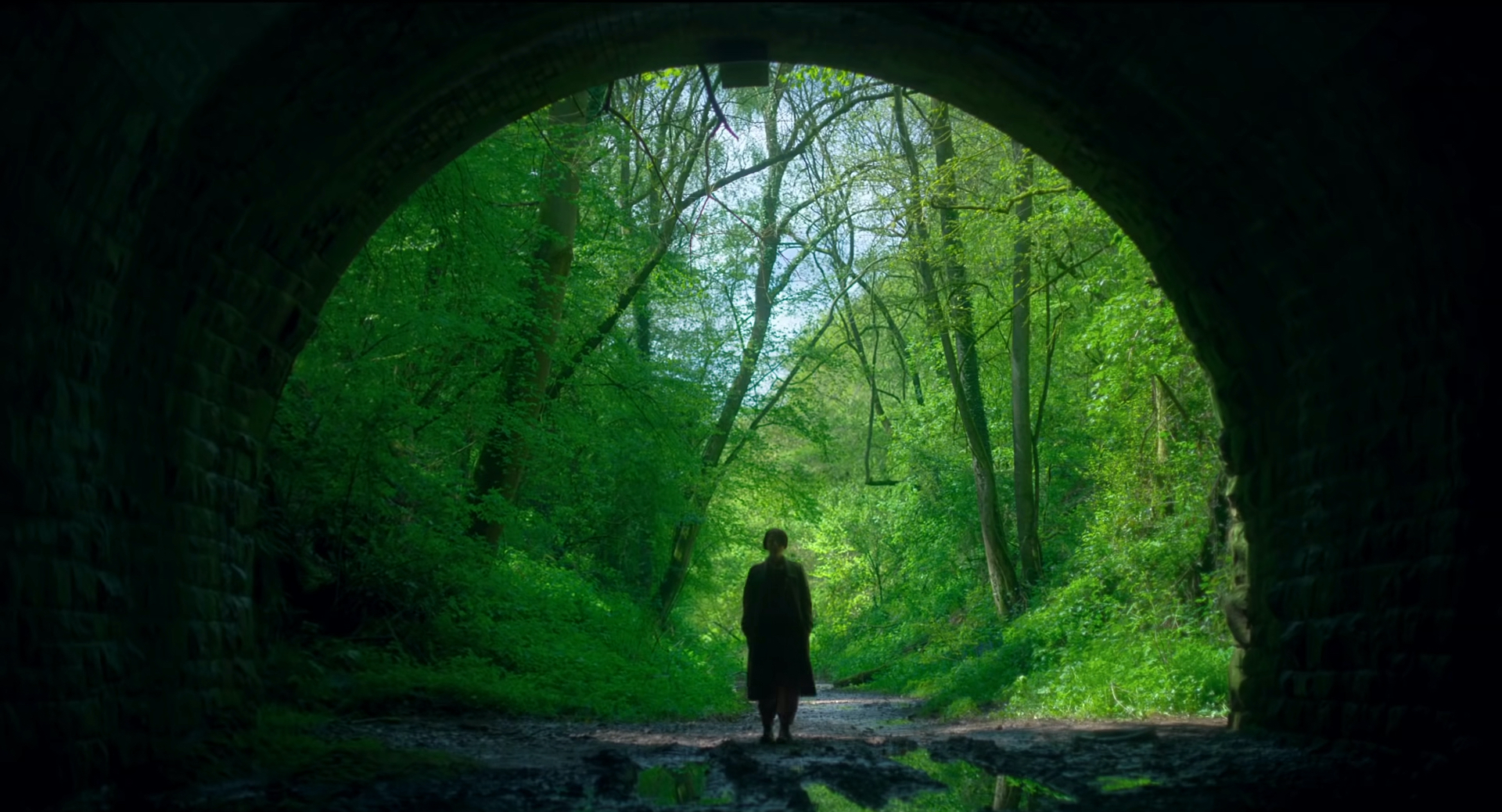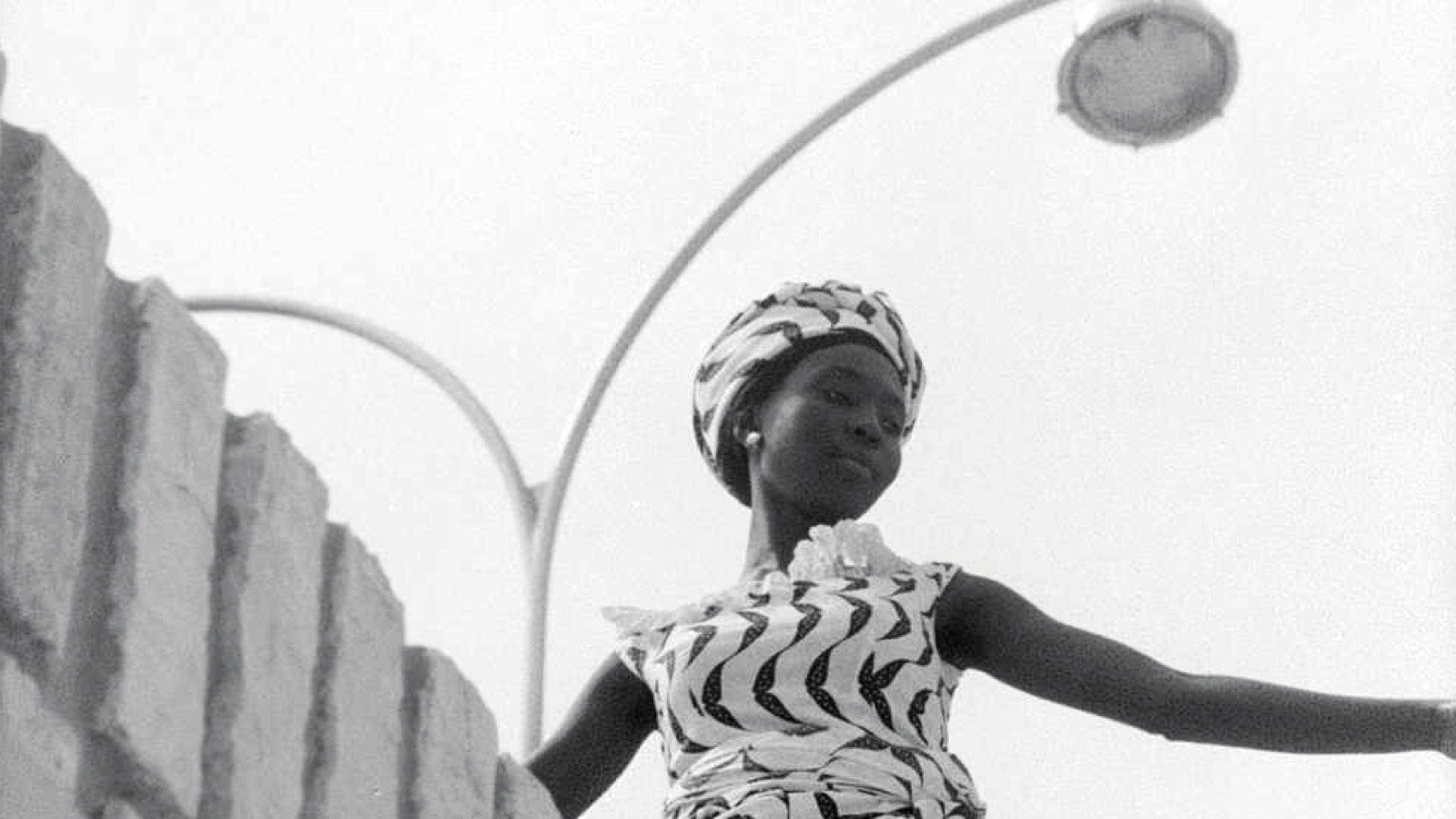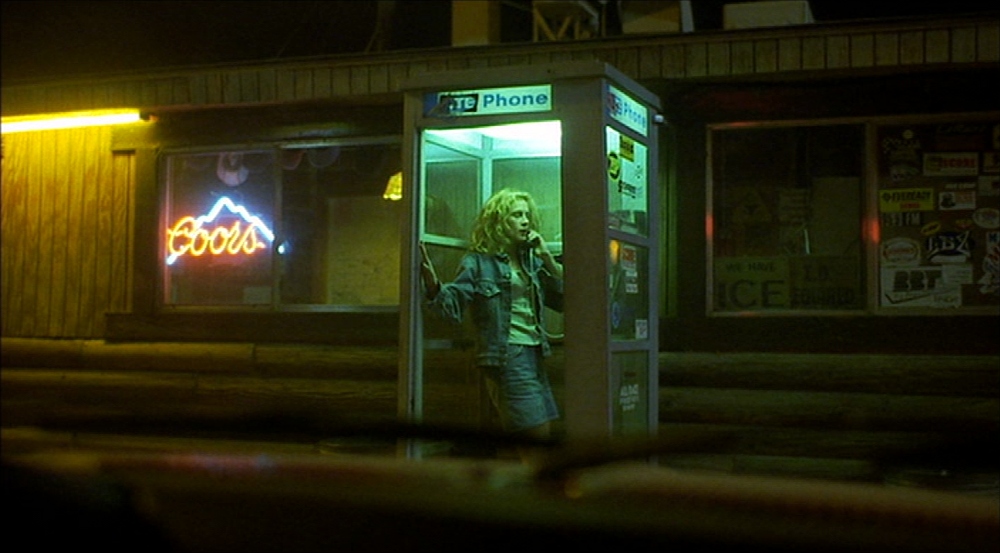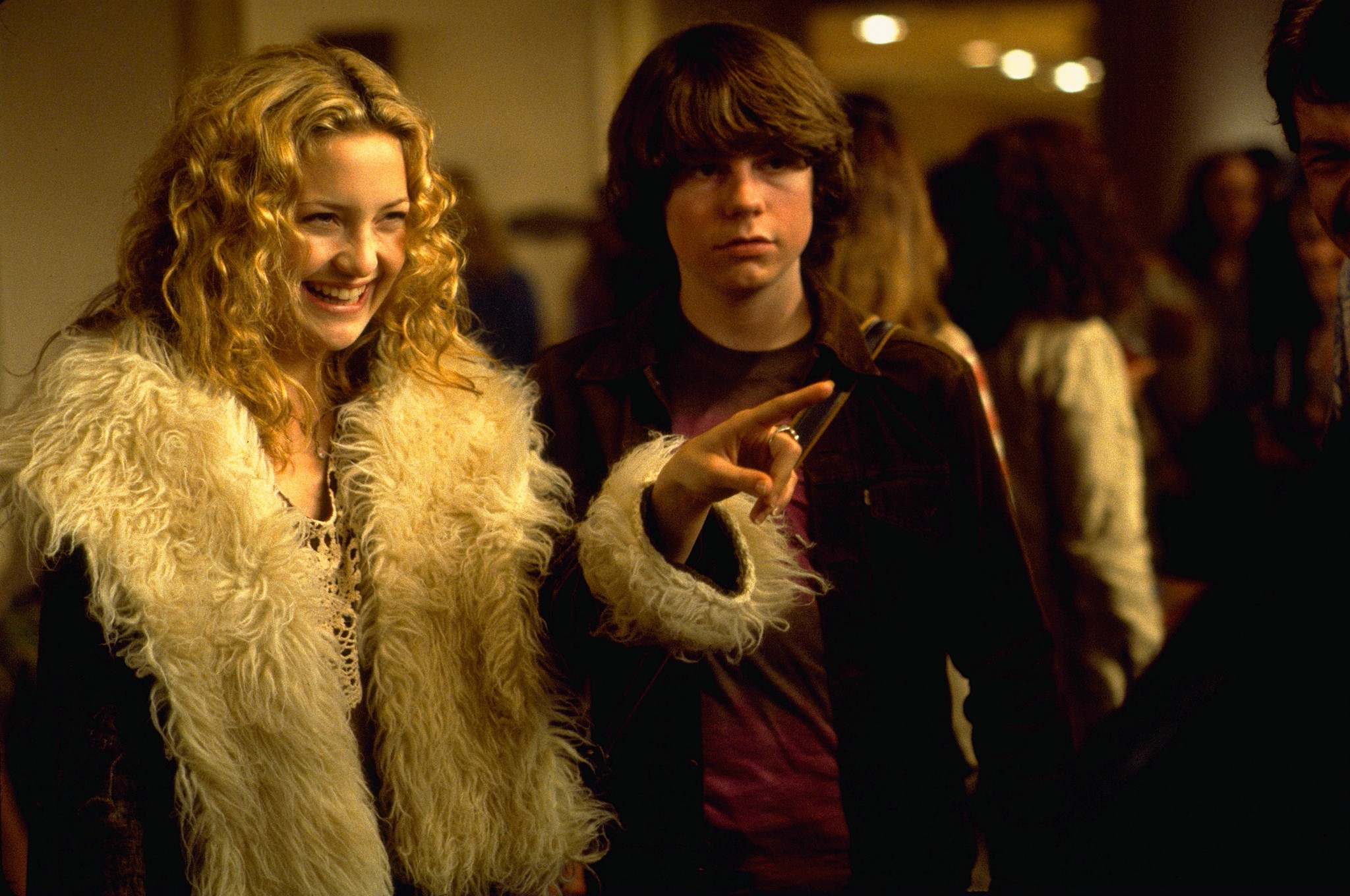A Brighter Summer Day (1991)
Edward Yang’s mastery over cinematic realism is absolutely essential to the heartrending authenticity of A Brighter Summer Day, carefully examining the overlooked tragedies of Taiwan’s modern history through a lens that seeks genuine understanding of its aching sorrow, and exploring the many facets of its social strife in virtually every frame.

